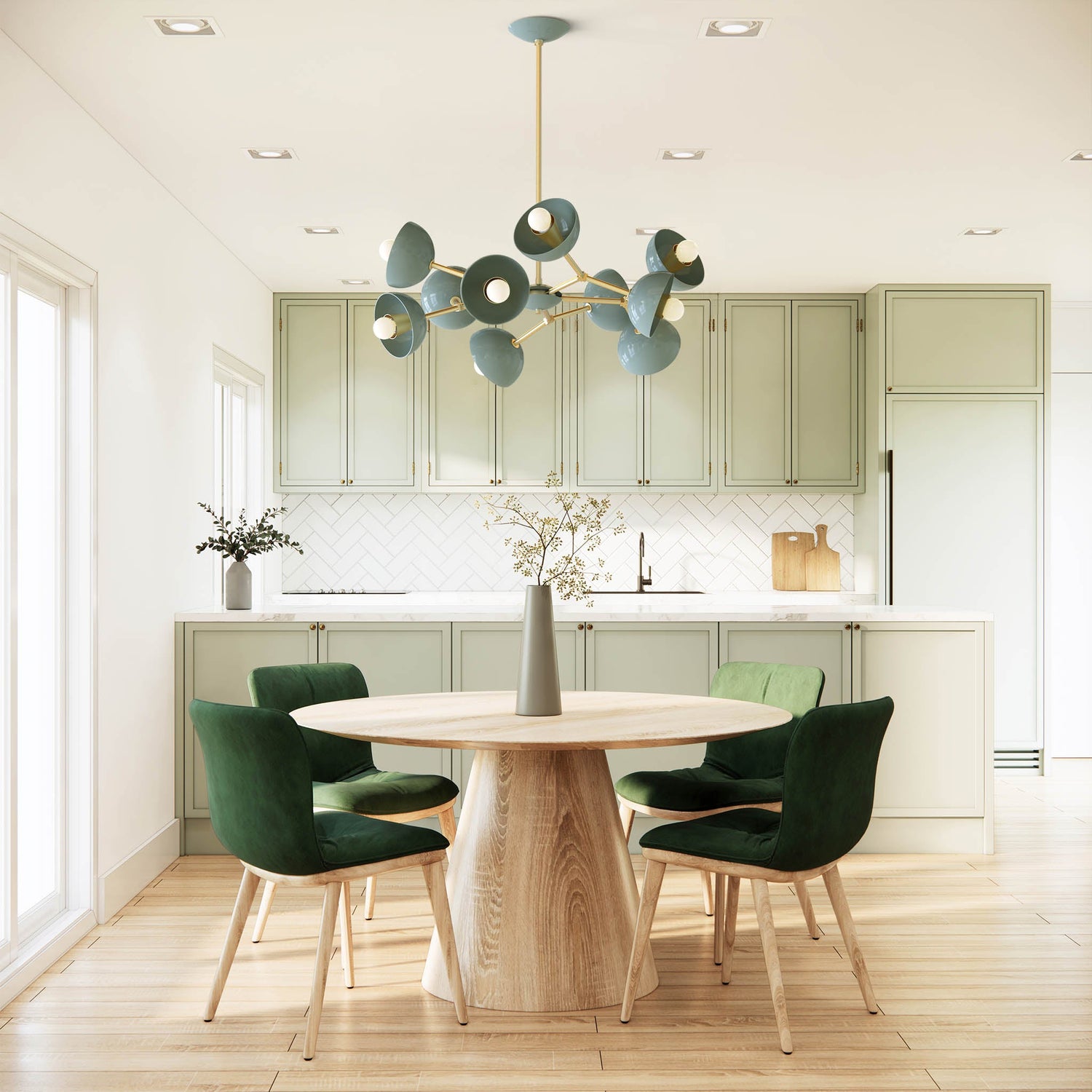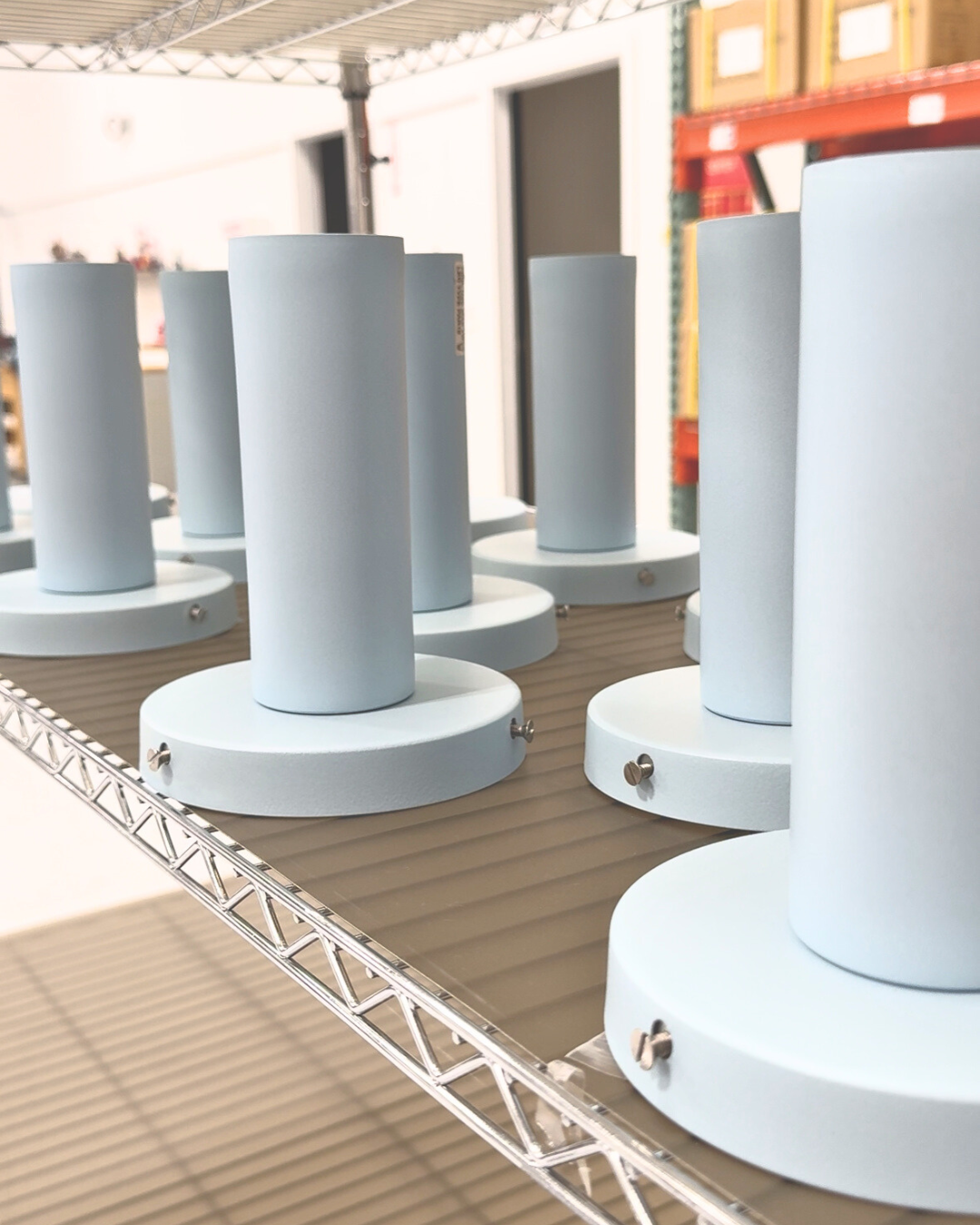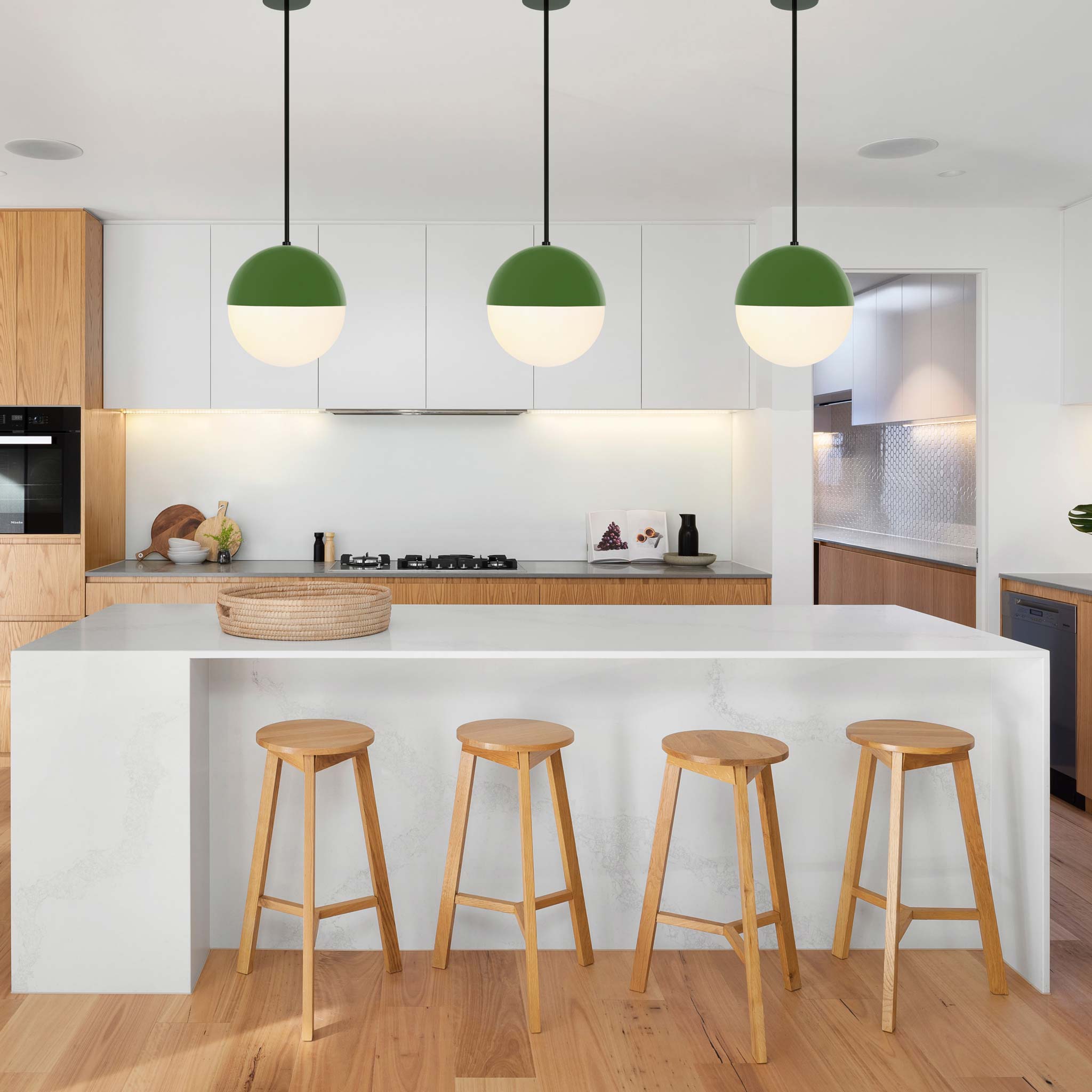One of the most common questions our customers ask is, “How bright is this light fixture?” And while it seems a simple question, there are several factors to consider to provide a good answer. These include the fixture design, light bulbs, the space, and fixture location, among others. Check out our step-by-step summary below which can help you choose the best lighting for your space.
Step 1: Understand Your Space’s Lighting Needs
Identify the room and location in the room where the lighting will be. Rooms like kitchens, dining rooms, and bathrooms often require more light than bedrooms, living rooms, and hallways. Further, the amount of light required depends also on what is in the room. For example, kitchen sinks and stoves need more light than above a kitchen table or den.
Determine the exact size of the space. Get out your tape measure, and record the length and width of the room along with the height at the junction box. If the room is large, just record in the general area near where the light is needed. Don’t skip this step as it will save you trouble later.
Calculate the amount of light required for your space. Now that you’ve identified the use and size of the space, there are a number of resources available to help you determine how much light your space needs. One of the best resources we’ve found is available from Maxim Lighting (http://www.maximlighting.com/how-much-light).
Step 2: Decide What Type of Lighting You Need
There are 3 types of lighting that work together in your home, and you will need to decide on a fixture and/or bulbs that achieve the type of lighting you need.
- Ambient (General) Lighting – This is the overall illumination of a space. It is a comfortable amount of light without glare that enables you to safely see and navigate a room. This is achieved through chandeliers, wall lighting, lamps, track lighting, canned lighting, and more. A good plan for lighting often involves using several such fixtures to layer comfortable light.
- Task Lighting – This is the light required to do things like cook, study, or any other day-to-day tasks. It is typically brighter light directed toward the task achieved by pendants, track lighting, or table lamps with shades. The best task lighting ensures enough light but not too much to cause glare that can lead to eye strain.
- Accent Lighting – This is the additional lighting meant to enhance a space or make it more interesting. It often involves additional light for art, plants, unique room features, and the like. According to American Lighting Association, accent lighting should be 3 times brighter at its focal point than the general lighting around it.
After you determine which of the above types of lighting you need, you can decide also which fixtures or bulbs can do this.
Step 3: Look for Lighting that Fits in Your Space
After measuring, check the fixture’s dimensions to be sure its overall height fits into your space. For flush mounts, overall height is fixed, so be sure you have enough clearance or head room. For chandeliers and pendants, overall height covers a range depending on how much chain or how many rods are included with the fixture. There are a few well-established conventions readily available online to help you determine the appropriate fixture size, placement, and hanging height. Check out our article on sizing a chandelier, https://www.duttonbrown.com/blogs/news/sizing-a-chandelier.
Along with determining if a chandelier will fit into a space, you should also be aware of how many and what type of socket the fixture has and whether or not there are enough to achieve the light you need in the space. Typically there are two types of sockets: medium base and candelabra base.
Step 4: Understand Light Bulb Options
Several factors are important to consider when purchasing bulbs, and understanding these factors can help ensure your bulbs are the best for your fixture and space. Three of the most important factors are color temperature, energy efficiency, and cost.
Color Temperature – This is the best way to describe the color appearance of a light bulb. Color temperature is measured using degrees Kelvin (K) with most lighting falling between 2000K and 6500K. The figure below from Westinghouse Lighting below describes color temperature well.

Energy Efficiency – This is a measurement of how much energy a bulb uses (wattage) relative to the amount of light it produces (lumens). Bulbs that generate more lumens using less energy are considered more energy efficient, typically compared to incandescent bulbs. Three of the most common energy efficient types of bulbs include halogen incandescents, CFL, and LED bulbs. You can read more about those from Energy.gov, Lighting Choices to Save you Money.
Cost – Bulbs that are more energy efficient are also typically more expensive (than incandescents), but with a growing number of energy efficient options and since Congress mandated bulbs be more energy efficient starting in 2012 with the Energy Independence and Security Act, energy efficient bulbs are becoming more affordable. While the more energy efficient bulbs cost a bit more up front, cost savings are realized over the relatively long life-span of the bulb via decreased energy costs.
Step 5: Ensure Bulbs Produce Enough Light
After considering the above factors and choosing a chandelier, it is important then to choose a bulb that produces enough light for your space. In general, multiple sources of light create a more comfortable, even distribution of light than a single bright source of light. It’s best to choose a bulb then that isn’t too bright by itself to cause eye strain. For most people, single exposed bulbs above 800 lumens (or a 60W incandescent) can start to be uncomfortable to look at. If such bright bulbs are necessary to light a room, it may be best to consider adding another source of light instead or using a fixture with more sockets so that you can use lower output bulbs.



Leave a comment
All comments are moderated before being published.
This site is protected by hCaptcha and the hCaptcha Privacy Policy and Terms of Service apply.